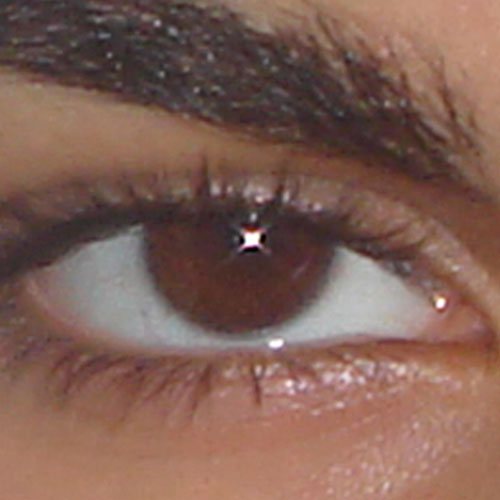
| Title | Content | Introduction | Background | Potential Benefits | Legal Ethical Social Issues | Security | Conclusion | References |

Security
There is a constant mix of security concerns for this technology related to data protection, protecting data from hackers/data theft, identify theft, data storage, integration with current systems, and the risks associated with trying to keep the data updated, speed, and scalability. Information is continually being attacked and challenged by hackers trying to access intelligence data around the world every second. Data protection, hackers, and data theft are concerns for once the iris image is saved as bar codes and is downloaded; also when match results are made. With this is also the security concern for identify theft. This system must be more than a camera and must sense eye movement and blinking, and further discriminate imposters or non-living things (U.S. Patent Office, 1991). This is to prevent a person from wearing a static lens in the image of another person much like contacts or eye lenses. Some measures need to be added to this technology to capture lenses or blinking so that a static fake image is recognized. Another security concern is data storage for this large amount of data. Data storage features are being looked at where, when stored, the data and image are manipulated and then reversed back when needed. Intentionally distorting the data is needed for better security. Finally integration ability and data update is needed to make this system successful. There are already systems in place at airports so this software has to have the ability to integrate with existing systems. Further, this technology must link to large sets of data from databases containing lots of information for every traveler in the country. To be successful this technology needs constant 24/7 updates, real time information is needed, with speed to prevent waits and scalability to allow the software to roll out millions of identities (Uppena & Finley, 2004). Veltek, a biometric developing company COO stated, “For biometrics to have a future, it needs to be non-intrusive” (Boder, 2001).